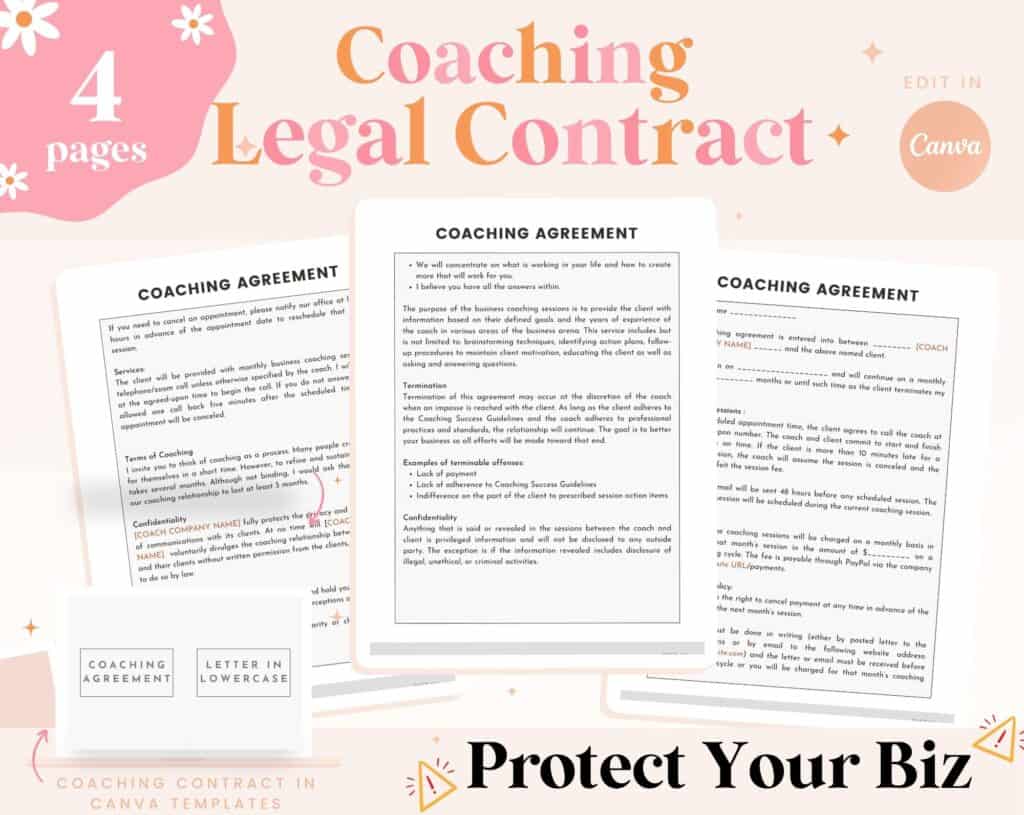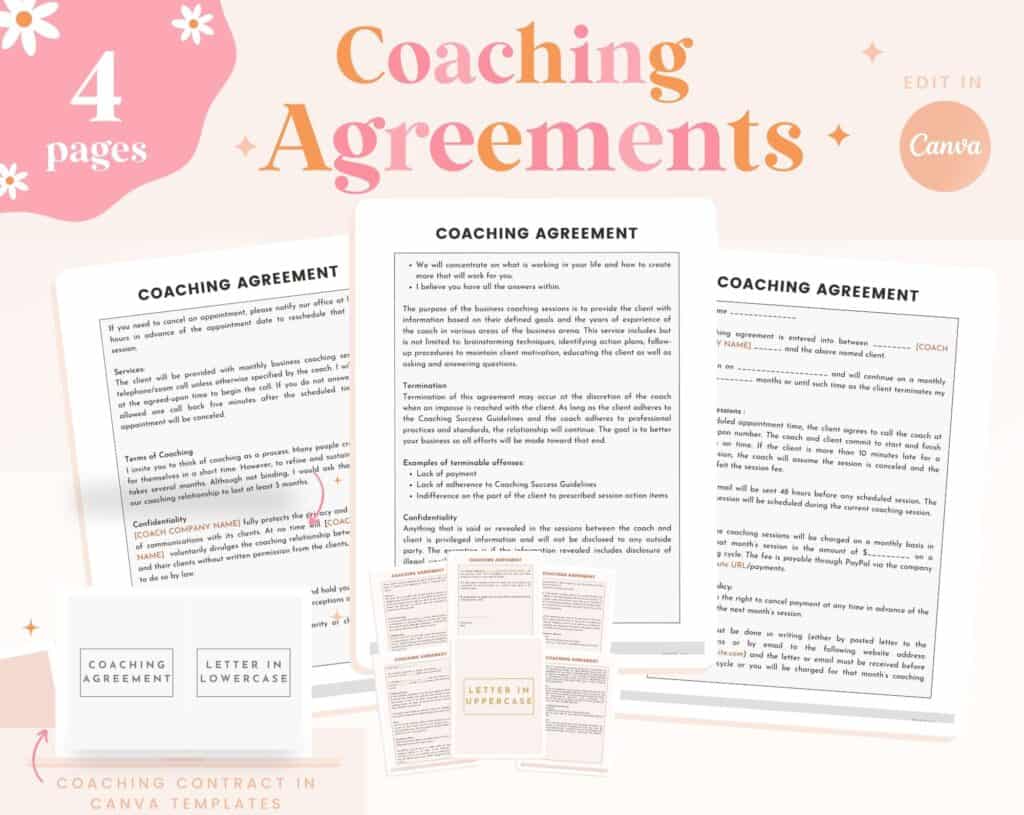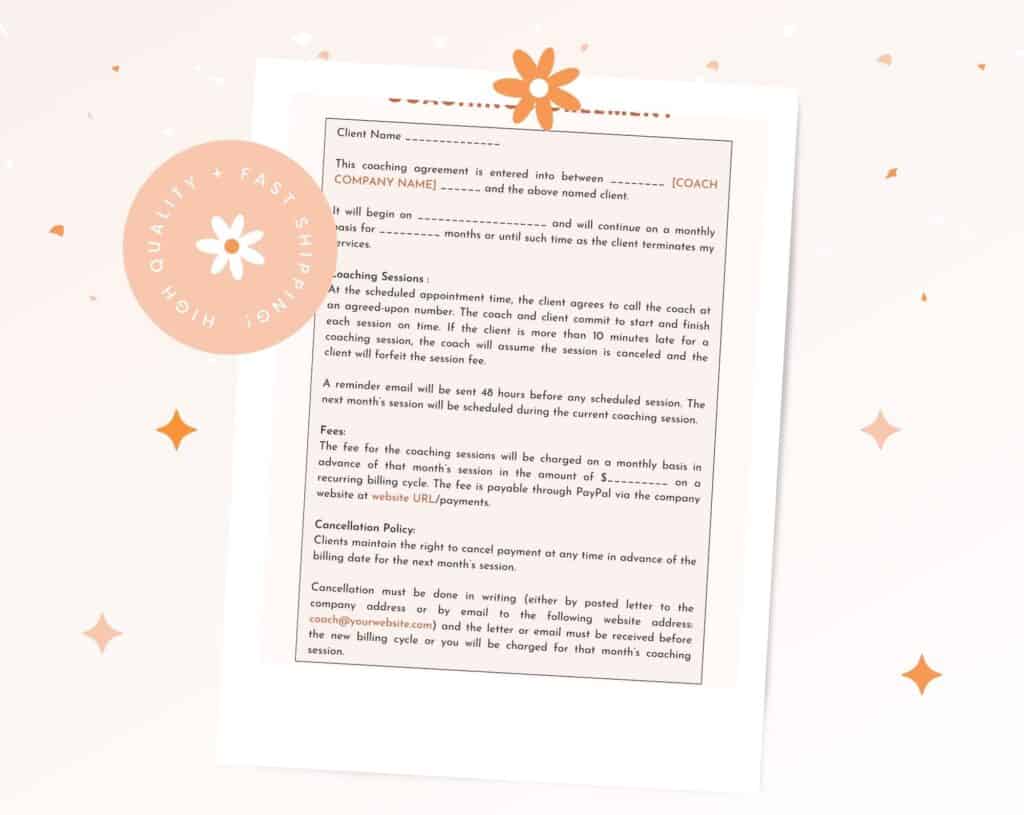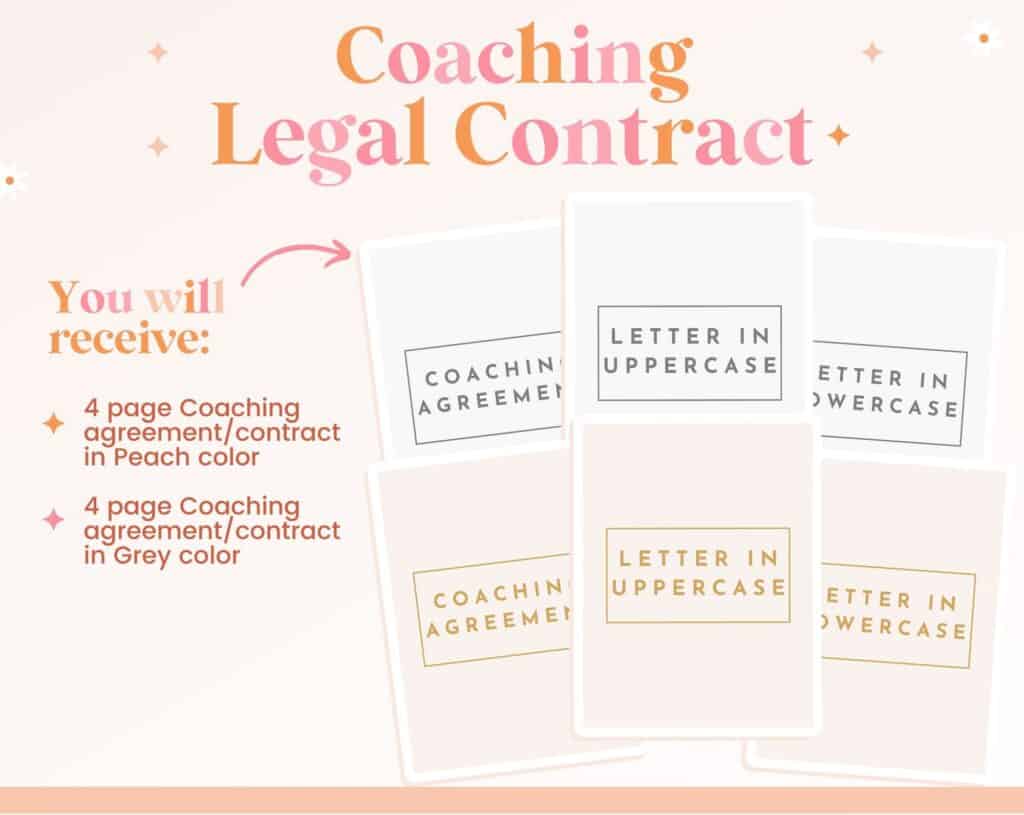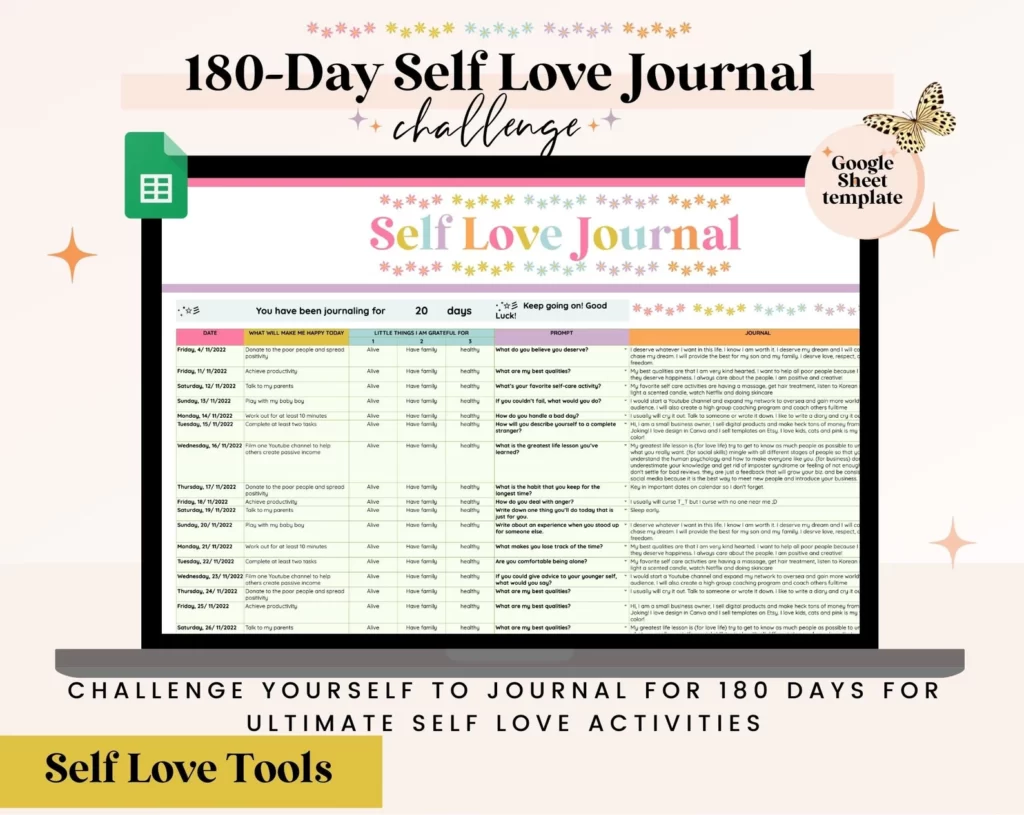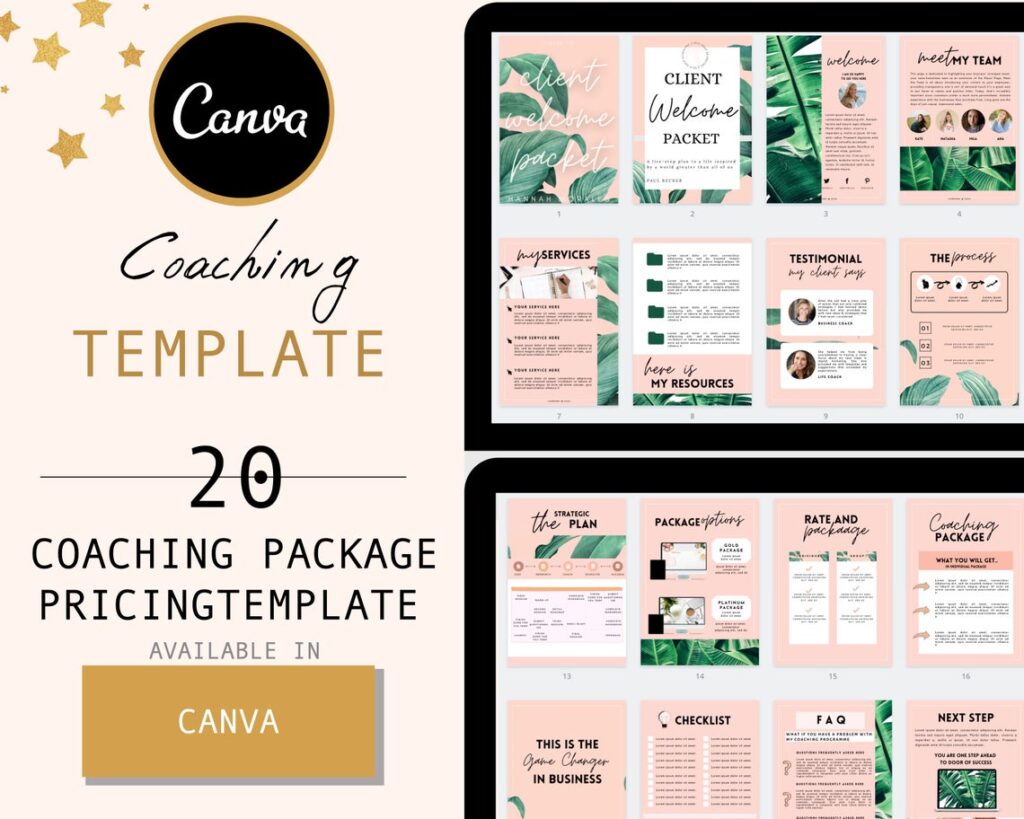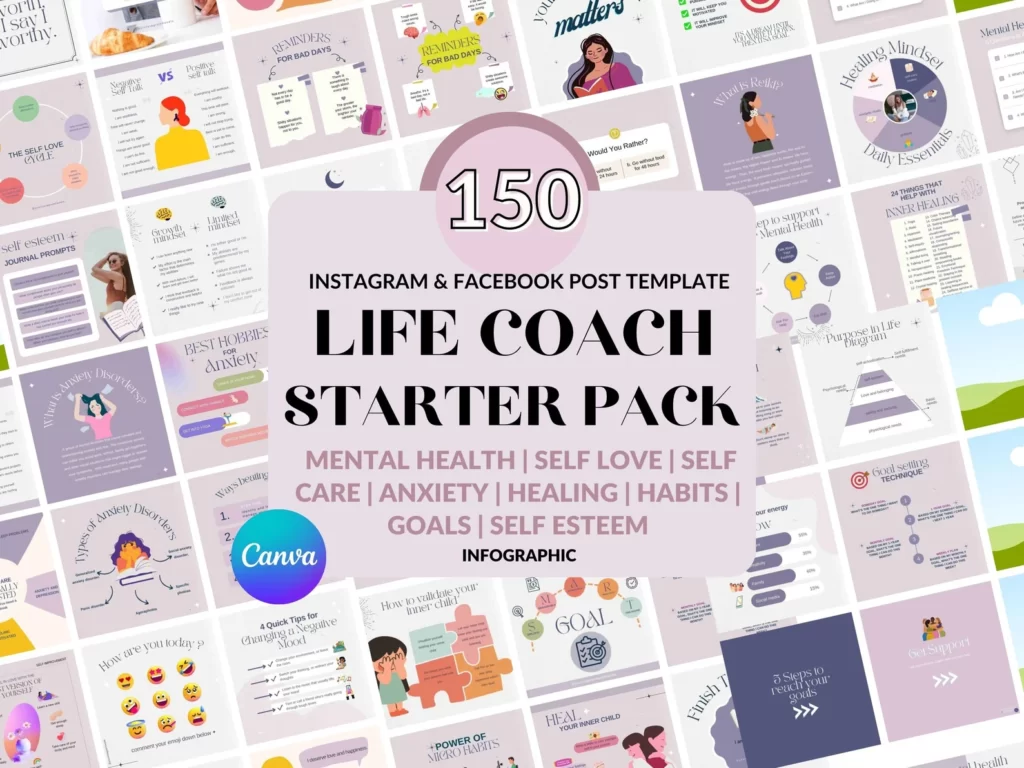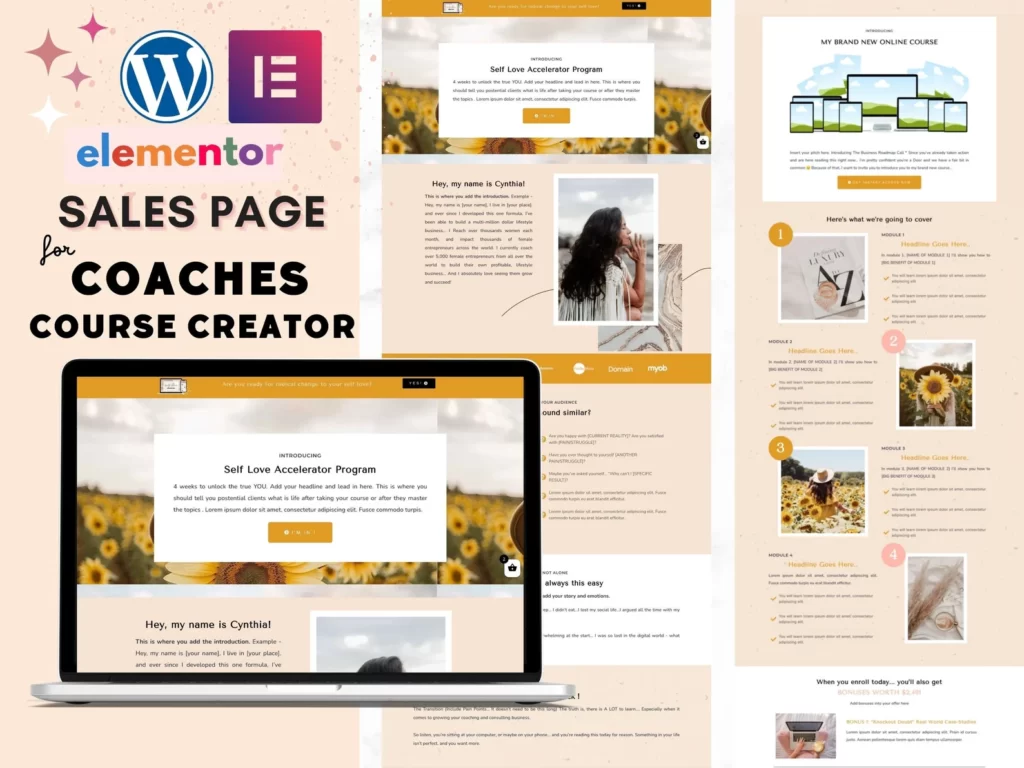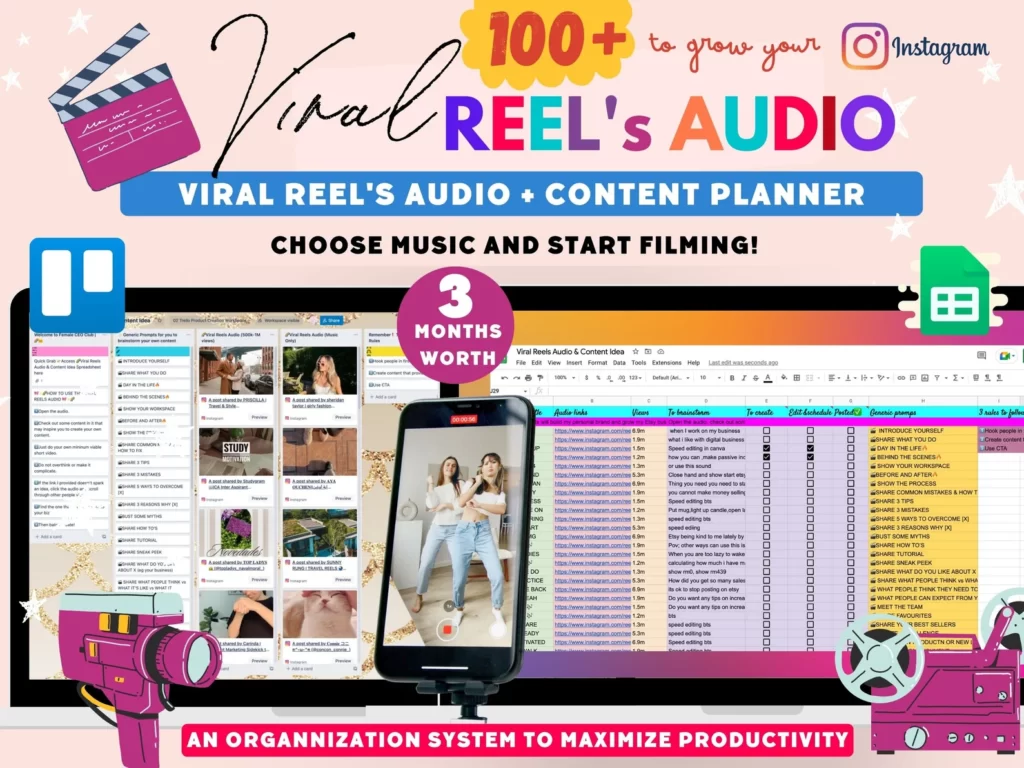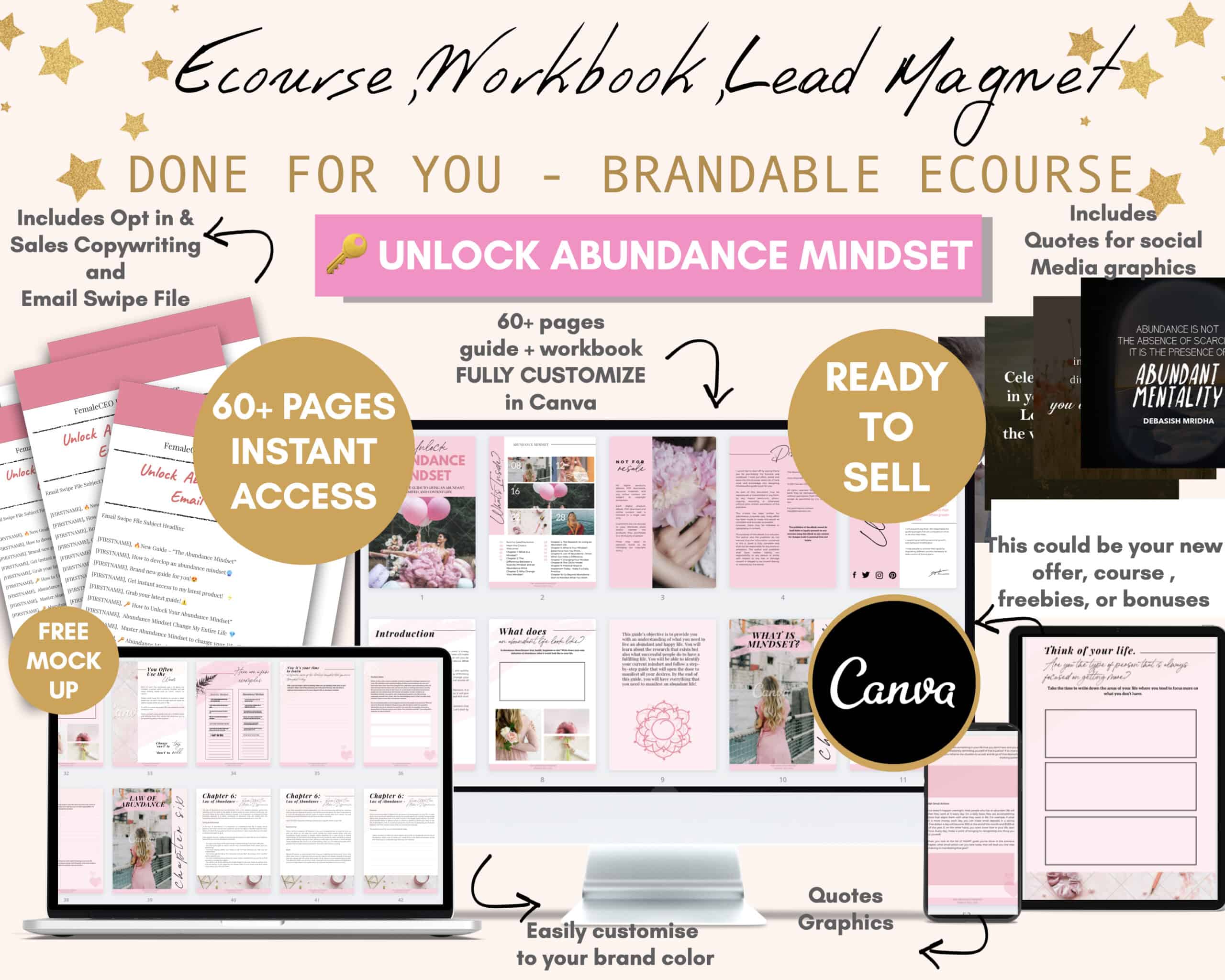Free Sessions That Sell Script | Discovery call template
Welcome to Free Sessions That Sell Script | Discovery call template .
The role of a life coach is to guide and support individuals in achieving their personal and professional goals.
To be successful in this field, it is essential for life coaches to have strong sales skills to attract new clients and build a thriving business.
A well-crafted sales script can provide structure and guidance to the sales process, ensure consistency in the sales pitch, and ultimately increase conversion rates.
This article will explore the importance of sales scripts for life coaches and provide key components, strategies, and techniques for making the sales script effective, including the use of free sessions as a selling tool.
Life coaches play a crucial role in helping individuals achieve their personal and professional goals. However, to be successful in this field, it is essential for life coaches to have strong sales skills to attract new clients and build a thriving business.
This is where sales scripts come in. Sales scripts provide structure and guidance to the sales process, ensuring that life coaches can effectively communicate the value they offer to potential clients. In this article, we will explore why life coaches need sales scripts and the benefits they offer.
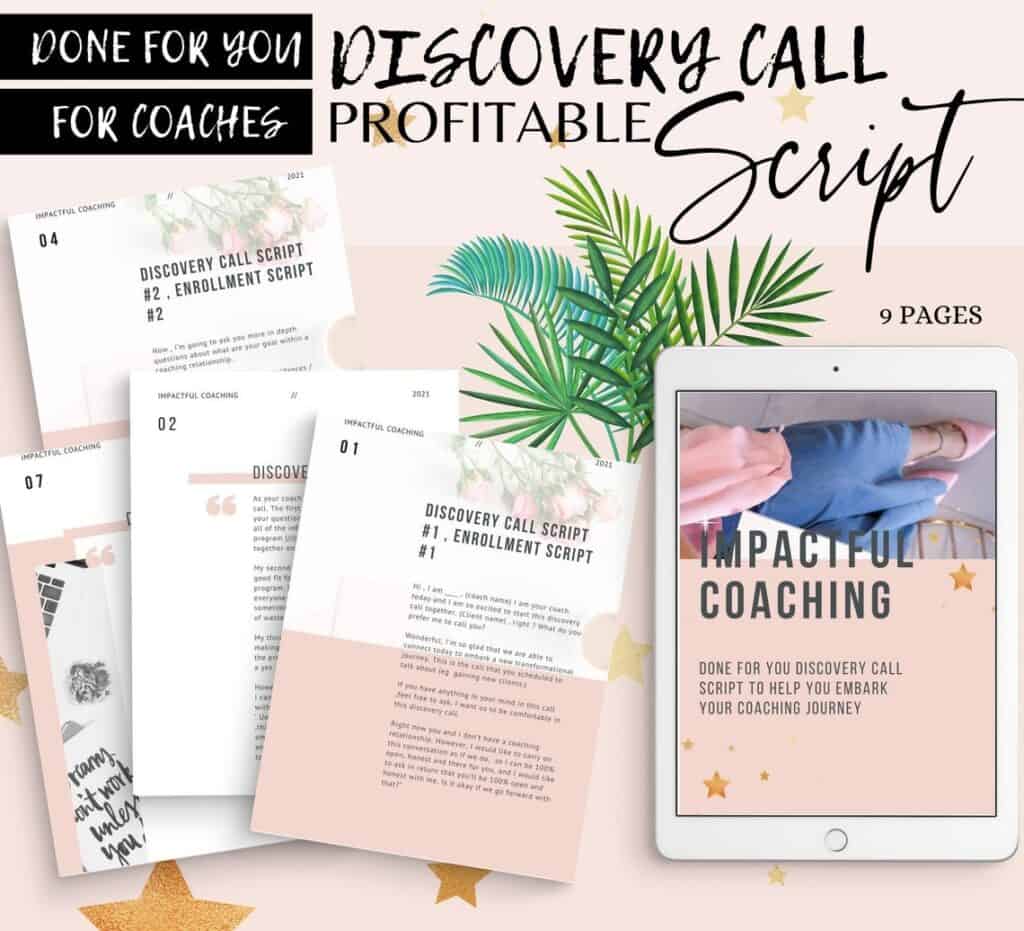
A. To provide structure and guidance
Sales scripts provide a framework for life coaches to follow during the sales process, helping them to stay on track and communicate their message effectively. They provide a roadmap for the conversation, making sure that all the important points are covered and that the conversation remains focused. Having a script also helps life coaches to avoid getting sidetracked or losing their train of thought, leading to a more efficient and effective sales process.
B. To ensure consistency in sales pitch
One of the key benefits of using a sales script is consistency. When life coaches use a script, they can be sure that they are delivering the same message every time, regardless of the client or the situation.
This consistency in the sales pitch helps to build trust with potential clients, as they can see that the life coach is professional and well-prepared. It also helps to create a uniform brand image, strengthening the life coach’s reputation and attracting new clients.
C. To increase conversion rates
The ultimate goal of a sales script is to increase conversion rates, or the number of potential clients who become paying clients. By providing structure and guidance to the sales process, sales scripts help life coaches to make a more compelling and persuasive case for their services.
They also help to address any objections that potential clients may have, increasing the chances of closing the sale.
Furthermore, by using a sales script, life coaches can identify areas of their sales process that need improvement and make changes to increase conversion rates over time.
Sales scripts are an essential tool for life coaches looking to attract new clients and build a successful business. By providing structure and guidance, ensuring consistency in the sales pitch, and increasing conversion rates, sales scripts help life coaches to communicate the value they offer to potential clients and build a thriving practice.
Components of Free Sessions That Sell Script, Discovery call Script template
A sales script is a valuable tool for life coaches to effectively communicate the value they offer to potential clients. When crafting a sales script, it is important to consider the key components that will make it effective.

These components include understanding the target audience, highlighting the unique selling proposition (USP), overcoming objections, and closing the sale. In this section, we will discuss each of these components in detail.
A. Understanding the target audience
The first step in creating a sales script is to understand the target audience. This means considering the demographic information of the potential clients, such as age, income, and interests, as well as their pain points and goals. By understanding the target audience, life coaches can tailor their sales pitch to address the specific needs and concerns of these individuals. This makes the sales pitch more relevant and compelling, increasing the chances of conversion.
B. Highlighting the unique selling proposition (USP)
The unique selling proposition (USP) is the unique value that a life coach offers to clients. This could be a specific area of expertise, a unique approach to coaching, or a guarantee of results. It is important for life coaches to highlight their USP in their sales script, as it sets them apart from other life coaches and demonstrates the value they offer. By highlighting the USP, life coaches can differentiate themselves from their competitors and make a more compelling case for their services.
C. Overcoming objections
When selling their services, life coaches may encounter objections from potential clients. These objections could be related to the cost of the services, the commitment required, or the client’s skepticism about the effectiveness of coaching. It is important for life coaches to anticipate and overcome these objections in their sales script. By addressing these objections head-on, life coaches can demonstrate their knowledge and expertise, build trust with the potential client, and increase the chances of conversion.
D. Closing the sale
The final component of a sales script is closing the sale. This is the point in the conversation where the life coach asks the potential client to commit to their services. Closing the sale can be challenging, but having a script can make it easier. By following the script, life coaches can make a clear and confident ask, increasing the chances of securing a new client.
In conclusion, the key components of a sales script for life coaches include understanding the target audience, highlighting the unique selling proposition (USP), overcoming objections, and closing the sale. By considering these components when crafting a sales script, life coaches can effectively communicate the value they offer and increase the chances of conversion.
Simple Strategies for making a discovery or sales script effective
Creating a sales script is just the first step in attracting new clients as a life coach. To make the sales script effective, it is important to use strategies that engage the target audience and build rapport.
In this section, we will discuss three strategies for making a sales script effective: personalization and customization, incorporating storytelling techniques, and building rapport and establishing trust.
A. Personalization and customization
Personalization and customization are key to making a sales script effective. This means tailoring the script to the specific needs and concerns of the potential client. For example, if a potential client is skeptical about the value of coaching, the life coach can address this skepticism in their sales pitch. By personalizing and customizing the sales script, life coaches can make the sales pitch more relevant and compelling, increasing the chances of conversion.
B. Incorporating storytelling techniques
Storytelling is a powerful tool in communication, and it can be particularly effective in sales. Life coaches can use storytelling techniques in their sales script to illustrate their expertise and the value they offer. For example, they can share success stories of clients they have worked with or use analogies to explain their approach to coaching. By incorporating storytelling techniques into their sales script, life coaches can make their sales pitch more engaging and memorable, building a stronger connection with the potential client.
C. Building rapport and establishing trust
Building rapport and establishing trust with the potential client is critical to making a sales script effective. Life coaches can use a variety of techniques to build rapport, such as active listening, mirroring, and using the potential client’s name. Establishing trust with the potential client is crucial, as it increases the chances of conversion and strengthens the relationship with the client over time.
In conclusion, to make a sales script effective, life coaches can use strategies such as personalization and customization, incorporating storytelling techniques, and building rapport and establishing trust. By using these strategies, life coaches can engage their target audience, build a stronger connection, and increase the chances of conversion.

Techniques for making the most of free sessions
Free sessions can be a powerful tool for life coaches to attract new clients and build trust. In this section, we will discuss three techniques for making the most of free sessions:
- offering a complementary consultation,
- delivering value during the free session, and
- making the offer irresistible.
A. Offering a complementary consultation
Offering a complementary consultation is a popular technique for attracting new clients as a life coach. This allows potential clients to experience the value of coaching without any risk or obligation. The consultation can be conducted in person or over the phone, and it gives the life coach the opportunity to build rapport, address any objections, and showcase their expertise.
B. Delivering value during the free session
The goal of the free session is to deliver value to the potential client and build trust. Life coaches can use this opportunity to address the potential client’s pain points and goals, and demonstrate their expertise and approach to coaching. By delivering value during the free session, life coaches can increase the chances of conversion and establish a strong relationship with the client.
C. Making the offer irresistible
To maximize the effectiveness of free sessions, it is important to make the offer irresistible. This means using language and techniques that create a sense of urgency and a desire to take advantage of the offer. For example, life coaches can limit the availability of the free sessions or offer a special bonus for signing up. By making the offer irresistible, life coaches can increase the chances of conversion and build a strong client base.
Free sessions are a powerful tool for life coaches to attract new clients and build trust. To make the most of free sessions, life coaches can offer a complimentary consultation, deliver value during the free session, and make the offer irresistible. By using these techniques, life coaches can effectively communicate their value, increase the chances of conversion, and establish strong relationships with their clients.
Conclusion
In conclusion, sales scripts and free sessions are powerful tools for life coaches to attract new clients and build trust. A well-crafted sales script provides structure and guidance, ensures consistency in the sales pitch, and increases conversion rates. By incorporating strategies such as personalization and customization, storytelling techniques, and building rapport and trust, life coaches can make their sales scripts even more effective.
Free sessions are also a valuable tool for life coaches to showcase their expertise and build trust with potential clients. By offering a complimentary consultation, delivering value during the free session, and making the offer irresistible, life coaches can increase the chances of conversion and establish strong relationships with their clients.
In conclusion, we have discussed the importance of sales scripts and free sessions for life coaches, and the key strategies for making them effective. We encourage life coaches to put these strategies into practice and to continuously refine and improve their sales scripts and free session techniques. By doing so, life coaches can build a strong client base and achieve their goals as a coach.

